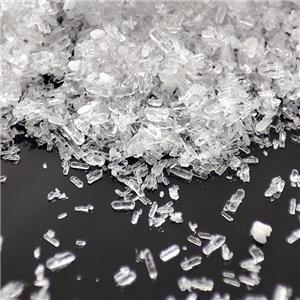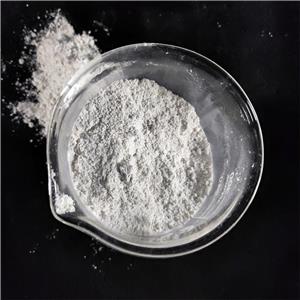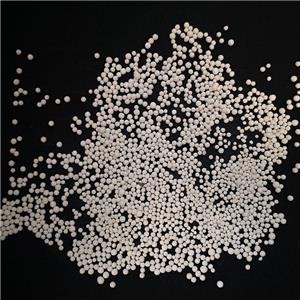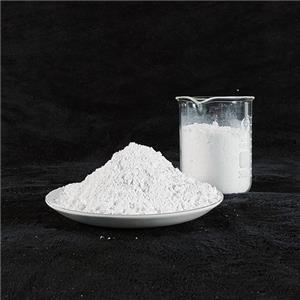-
2912-2025
Powder clumping and unstable processing? It might be due to "moisture"—a comprehensive analysis of its influencing mechanisms.
In industrial production and materials science, moisture generally refers to the total amount of water contained in a substance. However, based on the form and state of water's existence, it can be subdivided into several levels:
-
2612-2025
What is particle size and what does it represent in inorganic powder materials?
Particle size, as the name suggests, refers to the size of a single powder particle. However, since powder is an aggregate of countless particles, these particles are usually not all the same size. Therefore, in practical industry and scientific research, the concept of "particle size" typically encompasses three aspects:
-
2212-2025
Buying Inorganic Fillers? Here’s Why Whiteness Index Is Your #1 Metric
Simply put, whiteness is a numerical indicator of how close the surface color of an object is to pure white. It represents an object's ability to reflect visible light (especially in the blue light band, approximately 457nm).
-
0512-2025
Application and Specification Requirements of Magnesium Oxide in Plastic Masterbatches
In the plastic masterbatch industry, magnesium oxide is playing an increasingly important role as a key additive for enhancing product performance. Its unique physical and chemical properties bring multifaceted improvements to plastic materials, and its effectiveness is closely tied to a series of stringent specifications.
-
0112-2025
34th international Istanbul plastics industry fair
Liaoning Victory Fire-Retardant Material Technology Co., Ltd. located in Hall 1A, booth number 11C-2, cordially invites new and existing customers and industry partners to visit our booth and explore the future of the plastics industry together.
-
2811-2025
Comprehensive Analysis of Global Trends in Calcium Carbonate: Towards High-End, Green, and Globalization-2
The global calcium carbonate market is on a steady growth trajectory. According to data from multiple market research institutions, the global market is expected to maintain a compound annual growth rate of approximately 5%-7% over the next few years.
-
2411-2025
Comprehensive Analysis of Global Trends in Calcium Carbonate: Towards High-End, Green, and Globalization
The global calcium carbonate market is on a steady growth trajectory. According to data from multiple market research institutions, the global market is expected to maintain a compound annual growth rate of approximately 5%-7% over the next few years.




